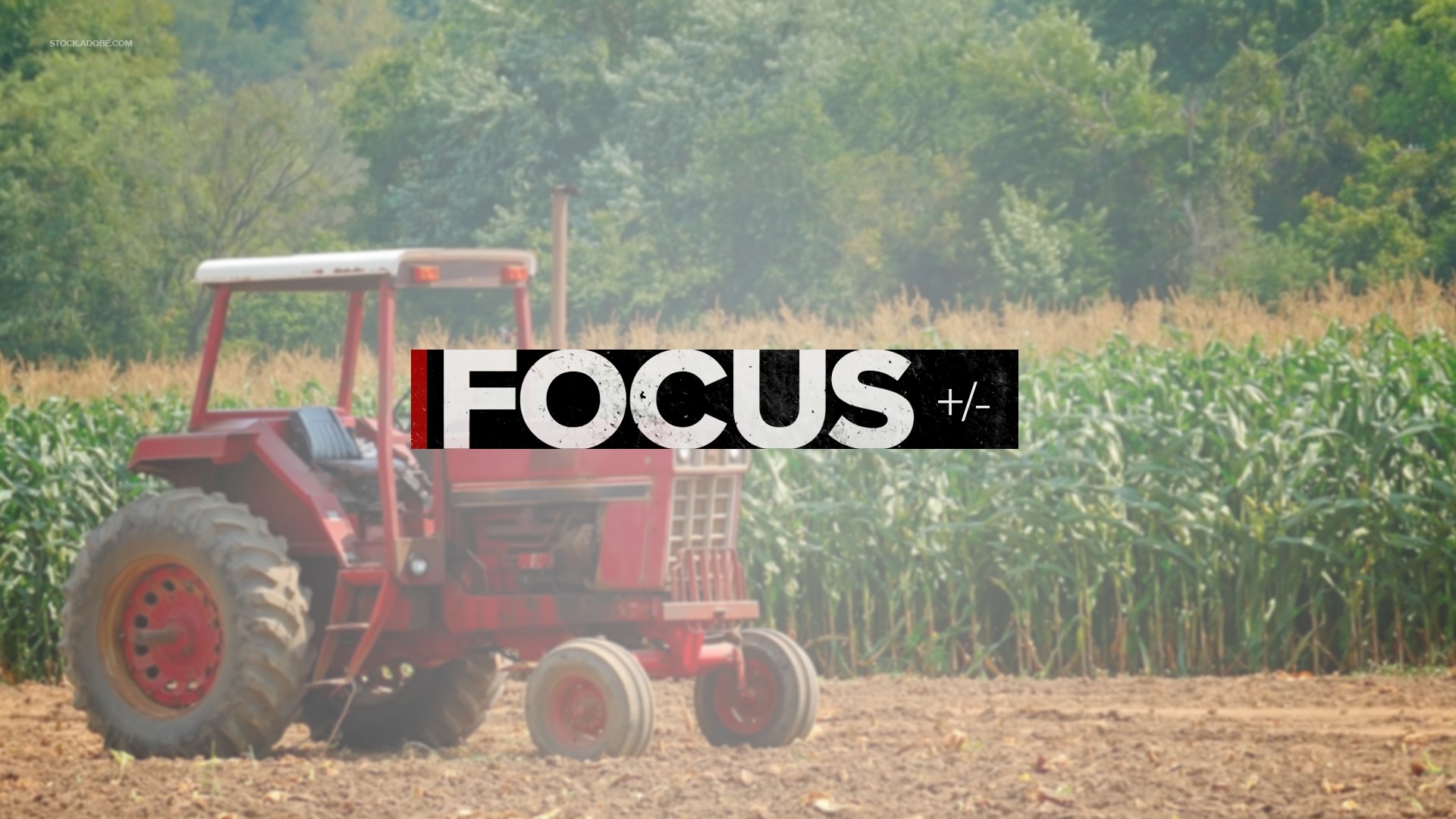LARUE COUNTY, Ky. — We've already seen how the war in Ukraine is hitting home at the gas pumps.
But we're also expecting to feel the pinch in our pocketbooks with what we eat and where it comes from.
Farmers need a lot of help from fertilizer, one vital supplement which is expected to be in short supply soon.
To cultivate a 7,600 acre farm is more than a full-time job for Ryan Bivens.
At Fresh Start Farms in Hodgenville, if they're not planting, they're preparing and planning ahead for the next crop.
"You might say spring cleaning on the farm, we're trying to get things ready, ready to go for the spring planting season," Bivens explained.
The next crops that will be planted are corn and soybeans.
But growing a large and profitable crop is virtually impossible without fertilizer.
However, the additive was already much more expensive since last year.
"We already saw it sometimes 200% increase from just last year," Kentucky Department of Agriculture Commissioner Ryan Quarles (R) said.
After Russia invaded Ukraine, the supply became very much uncertain.
Russia is a major exporter of fertilizer. "13% of all fertilizer exports in the world," Quarles pointed out.
"It's a pretty helpless feeling to plant a crop in the spring, you know we've never had to experience this before... The fact of the unknown, can we get a hold of all the product that we need?" Bivens explained.
For now, Russian fertilizer is not on the list of American sanctions.
However, fuel imported from Russia is banned.
Bivens said with fuel, seed, fertilizer and labor, he's already putting $6 million into the ground.
"You know, there's still an opportunity for profit to be made, but the scary part is how much more we're going to spend to make that profit," Bivens said.
All forms of farming, including cattle, can expect beefed-up operating costs, and then consumer costs.
"Livestock consumes a lot of grain," Quarles said.
Ukraine is a big exporter of grain. "Ukraine is considered one of the three breadbaskets in the world," Quarles explained.
An emptier basket, he says, is what we should expect. In other words, less to go around for feed making it more expensive to feed America.
"We may not be importing Ukrainian grain, but it affects world market prices right here in Kentucky," Quarles said.
As for the future availability of fertilizer, "What we're seeing is a predicted 10% to 15% rise in the cost of fertilizer," Quarles said.
Ryan Bivens estimates fertilizer itself accounts for up to half of his operating budget.
"You're probably looking at two, 300,000 gallons of liquid fertilizer in a year's time I'd say," Bivens said.
That in addition to dry fertilizer.
He figures 500 pounds per acre, a ton for four acres. Bivens has thousands of acres, so imagine doing the math.
"I think we've got future problems coming with this issue with Russia and Ukraine," he said.
Thinking of the future, Bivens says he has enough fertilizer for this upcoming planting season, but come fall, he will need much more.
Make it easy to keep up-to-date with more stories like this. Download the WHAS11 News app now. For Apple or Android users.
Have a news tip? Email assign@whas11.com, visit our Facebook page or Twitter feed.

